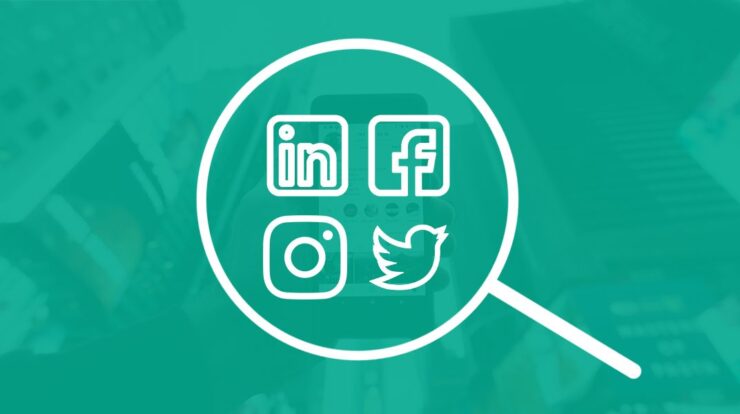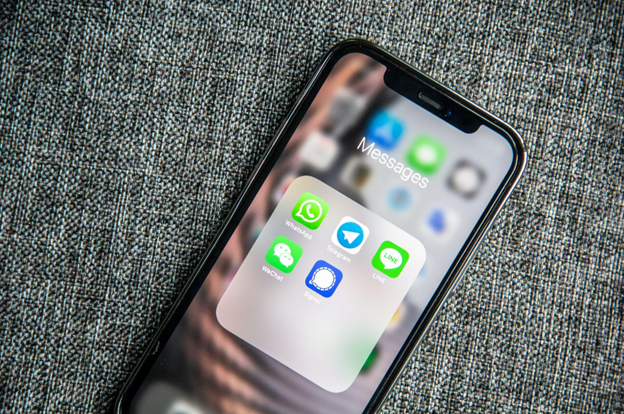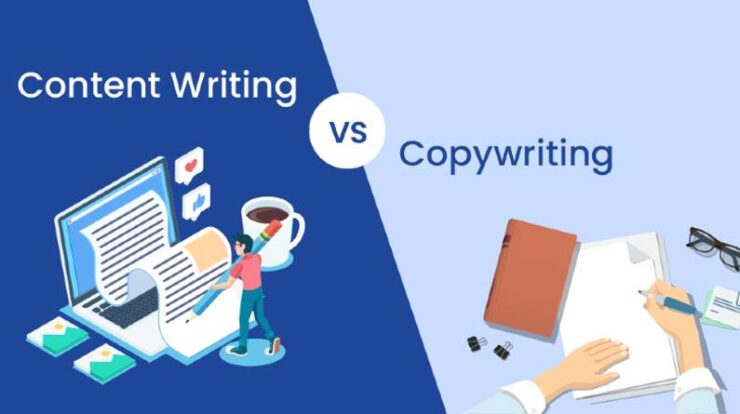In the digital marketplace, millions of businesses are vying and competing to generate more leads. Leads convert into customers, and customers create sales that bring in revenues. Simply put, a company that fails to generate and convert leads fails to enjoy profitability and growth. Many businesses succeed at generating leads but fail at converting them into customers. There are no guarantees that a strategy that generates leads will also boost conversions. So, how can a business maximize its lead conversions?
As it happens, there are no one-fits-all solutions. Each business is unique and requires a tailored strategy. Keep reading to explore the dynamics of lead conversions and how you can maximize your business’s potential.
Understanding Lead Conversion
What is lead conversion? It is the phase or step where the customer executes the buying action and adds revenue to the business kitty. It’s the process where potential customers are captured and converted into paying customers.
Marketers divide customers into three groups:
- Leads
- Marketing qualified leads (MQLs)
- Sales qualified leads (SQLs)
Leads exhibit interest in top-of-the-funnel offers and marketing content and engage with the business frequently. Marketing Qualified Leads have a more active part in middle and bottom-of-the-funnel requests. The Sales Qualified Leads are ripe for a sales pitch as they actively engage with business offers and marketing content.
B2B businesses struggle to boost conversions as the sales cycle is complex and requires a substantial investment. B2C marketing offers faster and simpler conversions given the prompt calls-to-action and secure connections.
It’s crucial to design a conversion strategy that compliments your brand identity and offers attractive lead magnets. Some famous lead magnet examples include quizzes, case studies, free templates, podcasts, training videos, and more. The goal is to capture the consumer with value and make an offer they can’t refuse.
Now, let’s explore some tips that will help you maximize lead conversions.
Offers that Compel & Encourage
The key to generate and convert leads is to make a compelling offer adding value to the buying experience. This endeavor requires research into industry practices, market dynamics, your products/services, and your target audience. It helps you shine the spotlight on lead magnets and offers that add value and attract customers. This offer could have monetary value, or you can give it for free to establish loyalty and win customers.
You can attract your audience with ebooks, downloadable checklists, information-rich whitepapers, research-driven case studies, and engaging podcasts. Now, this strategy allows you to put your existing content to good use. Or you can create a new campaign specifically to boost conversions. Ecommerce businesses can explore discounts, cross-selling strategies, and special promotions to boost sales.
Creating Conversion-Focused Landing Pages
Adding conversion-driving landing pages to your website is a powerful catalyst to encourage sales and convert leads. Conversion-focused content plays a crucial role in clarifying the offer and breaking down the advantages a consumer can enjoy. More importantly, landing pages are enriched with powerful tools that generate leads.
Content creation with conversion-specific keywords power landing pages with more significant conversion-boosting potential. You can also optimize landing pages to advance the marketing funnel and target different leads with one page.
Prioritize Quality Over Quantity
When it comes to maximizing conversions, it is essential to value quality over quantity. Instead of wasting time and resources over poor quality leads, dedicate efforts to quality ones. An unqualified lead will only disrupt your conversion strategy and marketing funnel, regardless of your precision and accuracy.
How can you differentiate between high-quality and low-quality leads? As a marketer, it’s crucial to map out rules and distinctions to easily categorize your leads, MQLs and SQLs. Some leads are hotter than others, while some are colder. A ranking system will help you associate a priority with each one, depending on the quality and value. If you’re struggling to categorize your leads, consider devising a lead scoring model. It’s an algorithmic system to organize your information and customize the system to account for business size and audience demographics.
Invest to Increase Data Quality
Experts observe that lack of quality data is one of the most significant challenges to marketing automation and lead conversion. Why is that? You see, missing form fields, failed email deliveries, and invalid formatting can compromise your quality. More importantly, data is decaying at a continuous and rapid pace. These challenging odds can disrupt your conversion strategy and create complications with lead segmenting and generating. Data decay and lack of quality can also reduce your content deliverability rates and lower conversion campaigns’ success.
How can you prevent this? Devising a robust governance and standardization methodology will help you ensure data quality and maximize conversions effectively. This endeavor does not require human intelligence but rather a cutting-edge marketing automation tool and data verification software. Investing in a customer relationship management (CRM) tool and marketing automation software will help you improve data management and two-way integration.
Highly-Targeted Content Creation
Content creation is a powerful gateway to generate leads and boost conversions by interacting and engaging with your audience. What is the purpose of the content? Businesses generate content to inform, educate, empower, attract, engage, entertain and compel their audience. It has many forms, such as videos, podcasts, blogs, case studies, panel discussions, images, Twitter posts, and much more. How can you use it to maximize conversions? The trick is to create highly-targeted content that is relevant to your audience’s needs. It must effectively incorporate the three stages of the consumer buying experience: awareness, consideration, and buying decision.
The content should start by spreading awareness, then facilitate consideration, and finally, add value to cement a buying decision. The content carries the essence of your marketing funnel and steer the lead through various phases. Businesses rely on top-of-the-funnel content to spread awareness. In contrast, middle-of-the-funnel content engages MQLs with compelling considerations.
Conclusion
All lead generation and conversions efforts are likely to fail if your website isn’t in top shape. Modern-day customers steer clear of shabby and disheveled websites as they reveal a lack of quality controls. A user-friendly and immersive website is a powerful conversion-booster as it encourages buying decisions.






